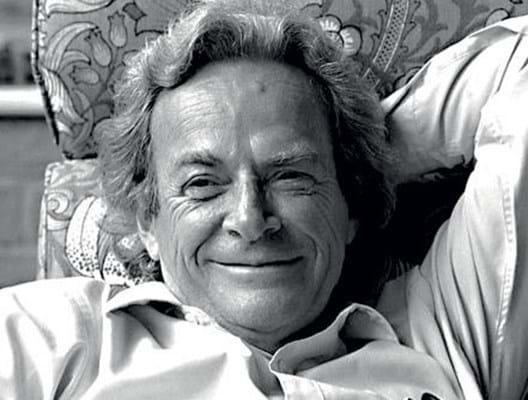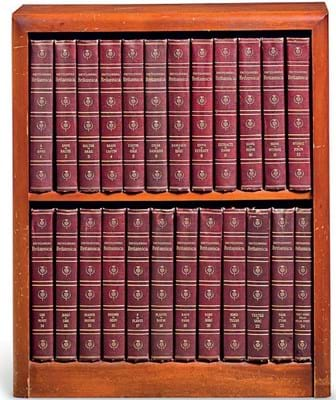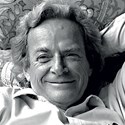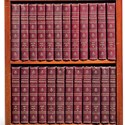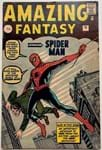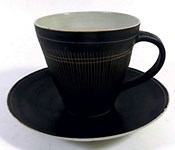In a sale that focused on the history of science and technology, a group of 42 lots sent to auction by his family made sums that were in many instances far in excess of estimate and overall raised just over $3m (£2.35m).
There were plenty of photographs of Feynman’s beaming features in the catalogue – though none showing him playing the bongo drums that he loved – but the manuscript material that so was key to the sale’s success was less visually appealing. Instead, I have opted for his treasured childhood reference work.
Encyclopaedic knowledge
Feynman mentions the Encyclopedia Britannica several times in his 1985 autobiography Surely You’re Joking Mr. Feynman!, and James Gleick wrote in his 1995 biography Genius… that it was not just a book that Feynman enjoyed as a child, but even figured into games played in older age with his long-time rival Julian Schwinger.
He noted: “Long afterward, when they were old men, after they had shared a Nobel Prize for work done as rivals, they amazed a dinner party by competing to see who could most quickly recite from memory the alphabetical headings on the spines of their half-century-old edition of the Encyclopedia Britannica.”
Perhaps Feynman’s most famous mention of the EB came in a famous 1959 talk, ‘Plenty of Room at the Bottom: an Invitation to Enter a New Field of Physics’, in which he posed the challenge of printing the entire encyclopedia on the head of a pin, offering a prize of $1000. That challenge was eventually met in 1985 by Tom Newman, a graduate of Stanford University.
Feynman’s old encyclopedias sold for $24,000 (£18,790) but an autograph draft of that famous talk made $310,000 (£242,730) – 10 times the high estimate.
Among other lots that brought six-figure bids was one that comprised just five pages of manuscript notes from the period 1946-51. In these, as the cataloguer explains to those able to comprehend such matters, Feynman “…derives the Schrödinger equation via the Feynman path integral, showing the equivalence of the distinct, but complementary formulations of quantum mechanics”.
The lot sold at $320,000 (£250,560).
Much easier to visualise and comprehend as a final brief note on this extraordinary sale is the Nobel Prize medal in Physics awarded to Feynman in 1965 for his fundamental work on quantum electrodynamics. It sold at $800,000 (£625,000).


